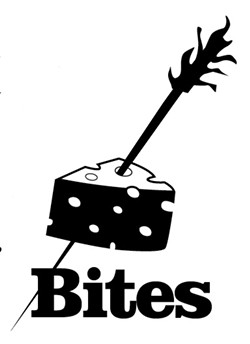
Death tastes so sweet. If you’re familiar with Dia de los Muertos, you’ll know that children eagerly wait for that one time of year with hopes of being lucky enough to score at least one extra skull under their belt. A sugar skull, that is. These delicious craniums decorated with vibrant flowers and intricate detail are meant to be demolished by a deserving, salivating palate on the Day of the Dead.
This Mexican holiday is a nightmare for dentists, but to those who partake in this Mesoamerican tradition with a hint of European influence, it’s a day of celebrating and remembering the lives of loved ones who’ve passed. Every Nov. 1 and 2 relatives and friends set up decorative ofrendas with pictures of the deceased, surrounded by gifts and their favorite goodies.
Sugar skulls are one of the traditional treats offered to both the living and the dead. The cartoonish cultural skulls that are commonly portrayed in the dessert are based on artistic representations of death created by famous Mexican illustrator Jose Guadalupe Posada.
“They’re really simple to make,” SLO resident Pedro Arroyo said.
He celebrates to keep traditions of the holiday alive in the community, even coordinating events around the SLO area in honor of Dia de los Muertos from 1998 to 2001.
“They’re actually fun to do, but they’re time consuming because you have to make the sugar paste, make the molds, and let them dry,” he explained.
Most skulls are fabricated with a teaspoon of meringue powder and water to every cup of granulated sugar. When every piece of sugar is wet, the mixture can either be put in a pre-made mold or hand-molded into a skull shape. Sugar skulls take at least 24 hours to completely dry. Frosting is used to decorate the toothache, sometimes with the recipient’s name on the forehead.
Celebrating death may not be new to the cultures around the world, but Arroyo says the Mexican culture honors those who have passed in a way that is “vibrant and colorful and lively.”
“The celebration of life and death is really imbedded in the culture,” he said. “They are the core of our cultural identity.”
We want a bite! Send your food news to [email protected].
Comments